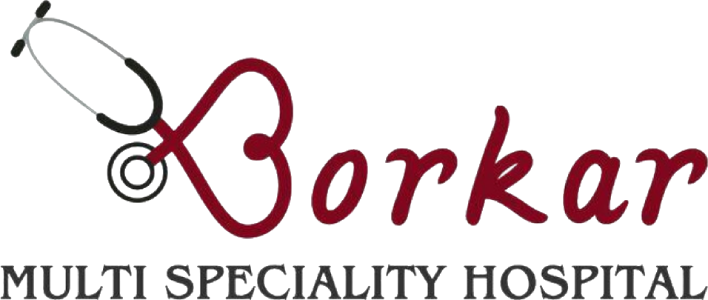PREECLAMPSIA
Understanding Preeclampsia: Causes, Symptoms, and Management
Preeclampsia is a serious pregnancy complication characterized by high blood pressure and damage to other organ systems, most often the liver and kidneys. Typically occurring after the 20th week of pregnancy, preeclampsia can affect both the mother and baby’s health, making early diagnosis and management crucial. This comprehensive guide explores the causes, symptoms, complications, and treatment options for preeclampsia, providing valuable insights for expecting mothers and their families.
What is Preeclampsia?
Preeclampsia is a hypertensive disorder of pregnancy that affects approximately 5-8% of pregnancies worldwide. It’s characterized by new-onset high blood pressure (140/90 mmHg or higher) and signs of organ damage, such as elevated protein levels in urine (proteinuria). In some cases, preeclampsia can develop without proteinuria but with other severe symptoms like low platelet count or abnormal liver function.
Causes of Preeclampsia
The exact cause of preeclampsia is not fully understood, but several factors are believed to contribute:
- Placental Issues:
- Inadequate blood flow to the placenta may trigger preeclampsia. This results in poor oxygen and nutrient delivery to the baby and causes inflammation in the mother.
- Genetics:
- A family history of preeclampsia increases the risk.
- Immune System Dysfunction:
- Abnormal immune responses to pregnancy can play a role.
- Underlying Health Conditions:
- Chronic hypertension, diabetes, kidney disease, and autoimmune disorders increase susceptibility.
Risk Factors for Preeclampsia
Certain factors elevate the risk of developing preeclampsia:
- First pregnancy
- History of preeclampsia in a previous pregnancy
- Multiple pregnancies (twins, triplets, etc.)
- Maternal age under 18 or over 35
- Obesity
- IVF conception
- Chronic hypertension or preexisting kidney disease
Symptoms of Preeclampsia
Symptoms can vary in severity and may develop suddenly. Common signs include:
- Hypertension:
- Blood pressure readings of 140/90 mmHg or higher, taken on two occasions at least four hours apart.
- Proteinuria:
- Elevated protein levels in urine, indicating kidney damage.
- Severe Headaches:
- Persistent headaches unresponsive to medication.
- Visual Disturbances:
- Blurred vision, light sensitivity, or temporary loss of vision.
- Swelling (Edema):
- Sudden swelling in the face, hands, or feet, though mild swelling is also common in pregnancy.
- Upper Abdominal Pain:
- Pain typically under the ribs on the right side.
- Nausea or Vomiting:
- Beyond typical morning sickness, particularly in the second or third trimester.
- Decreased Urine Output:
- Reduced kidney function may lead to less frequent urination.
Complications of Preeclampsia
Without timely management, preeclampsia can lead to severe complications for both mother and baby:
- Eclampsia:
- The progression of preeclampsia to seizures, a life-threatening condition.
- HELLP Syndrome:
- A severe form of preeclampsia involving Hemolysis, Elevated Liver enzymes, and Low Platelet count.
- Placental Abruption:
- Premature separation of the placenta from the uterine wall, risking the baby’s life.
- Preterm Birth:
- The baby may need to be delivered early due to health risks.
- Fetal Growth Restriction:
- Poor blood flow to the placenta can restrict the baby’s growth.
- Organ Damage:
- Damage to the liver, kidneys, or brain in the mother.
Diagnosis of Preeclampsia
Diagnosis involves a combination of clinical evaluations and laboratory tests:
- Blood Pressure Monitoring:
- Regular prenatal check-ups to detect hypertension.
- Urine Tests:
- Measuring protein levels to identify proteinuria.
- Blood Tests:
- Assess liver and kidney function, as well as platelet count.
- Fetal Ultrasound:
- Evaluates baby’s growth and amniotic fluid levels.
- Doppler Ultrasound:
- Measures blood flow to the placenta.
Treatment Options for Preeclampsia
The treatment approach depends on the severity of the condition and the pregnancy stage:
- Mild Preeclampsia:
- Regular monitoring of blood pressure, urine protein levels, and fetal growth.
- Bed rest and dietary adjustments may be recommended.
- Severe Preeclampsia:
- Hospitalization for closer monitoring and management.
- Medications to lower blood pressure and prevent seizures (e.g., magnesium sulfate).
- Corticosteroids to accelerate fetal lung maturity if preterm delivery is anticipated.
- Delivery:
- The only definitive cure for preeclampsia is delivery of the baby and placenta. Timing depends on the pregnancy stage and severity of symptoms.
Preventing Preeclampsia
While there’s no guaranteed way to prevent preeclampsia, certain measures can reduce risk:
- Regular Prenatal Care:
- Attend all scheduled appointments to monitor maternal and fetal health.
- Healthy Lifestyle:
- Maintain a balanced diet, exercise regularly, and avoid excessive salt intake.
- Manage Chronic Conditions:
- Control preexisting hypertension, diabetes, or kidney disease.
- Aspirin Therapy:
- Low-dose aspirin, prescribed by a doctor, may help high-risk individuals.
- Calcium Supplements:
- Beneficial for women with low dietary calcium intake, particularly in high-risk populations.
Living with Preeclampsia
Coping with preeclampsia can be emotionally and physically challenging. Here are some strategies to navigate the journey:
- Stay Informed:
- Understand the condition and its potential impact on your pregnancy.
- Communicate with Your Healthcare Team:
- Share concerns and follow medical advice closely.
- Seek Support:
- Join support groups or connect with other mothers who have experienced preeclampsia.
- Postpartum Care:
- Monitor blood pressure after delivery, as some women develop postpartum preeclampsia.
Advances in Preeclampsia Research
Ongoing research is improving our understanding of preeclampsia and its management:
- Early Detection Tools:
- Development of biomarkers to identify preeclampsia risk early in pregnancy.
- Innovative Therapies:
- Exploring targeted treatments to improve placental function.
- Public Health Initiatives:
- Raising awareness and improving access to prenatal care globally.
When to Seek Medical Attention
Seek immediate medical care if you experience:
- Severe headaches unrelieved by medication
- Vision changes
- Intense abdominal pain
- Difficulty breathing
- Sudden swelling in the face or limbs
Conclusion
Preeclampsia is a complex but manageable condition with timely diagnosis and appropriate care. By understanding its symptoms, risk factors, and treatment options, expecting mothers can take proactive steps to ensure their safety and that of their baby. Regular prenatal visits and open communication with healthcare providers are essential for navigating this challenging condition. If you suspect symptoms of preeclampsia, seek medical attention promptly to protect your health and your baby’s well-being.

